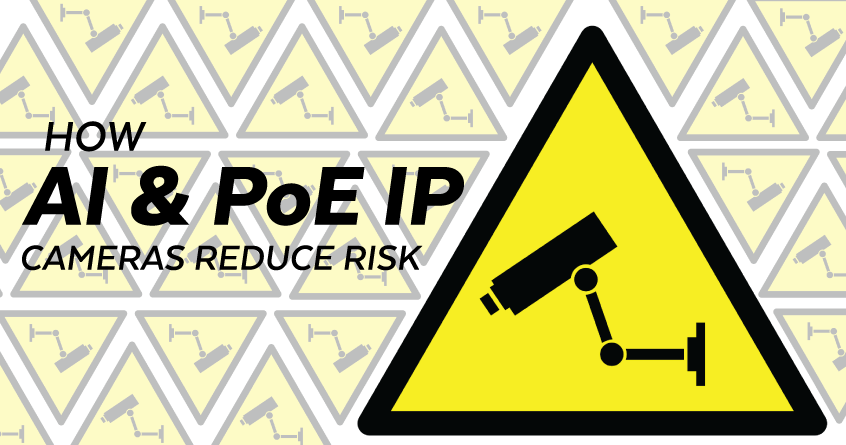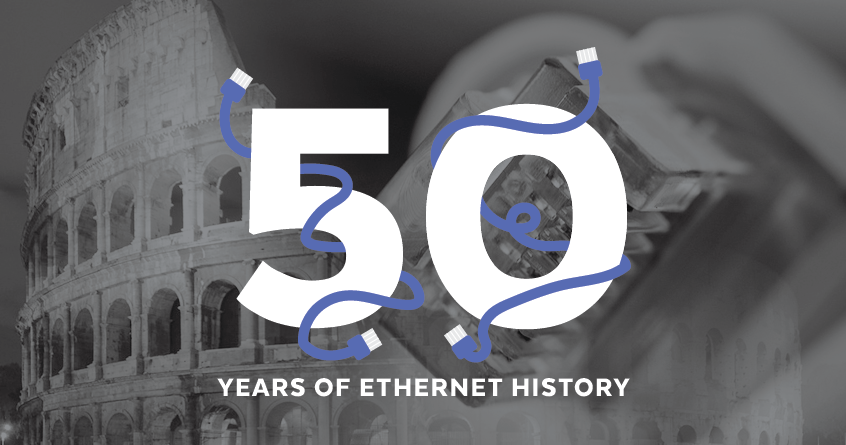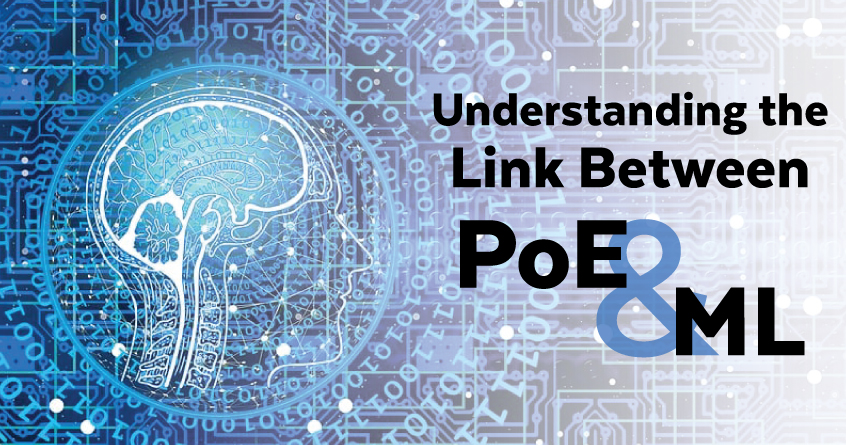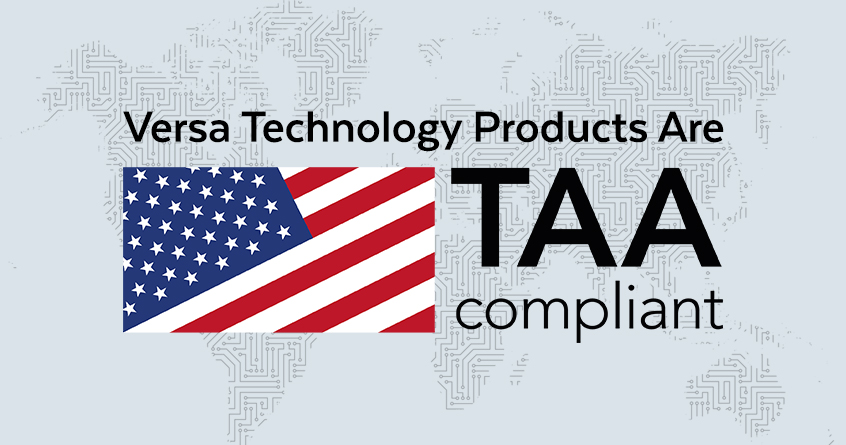It should be no surprise that safety is the second tier of Maslow’s pyramid of needs. After meeting the most basic survival needs such as food, water, and air, humans instinctively seek out safety. We all desire physical, emotional, and financial security to feel some semblance of peace in our world. By achieving a basic […]
What Is It, How Does It Work, and How Is It Better (Than What We Have Now)? The original Top Gun movie came out in 1986. In the same year, the first IEEE ethernet standard was published. At the time, no one saw Maverick’s iconic line, “I feel the need for speed,” as a sign […]
When Was Ethernet Invented? History always appears linear. The thousand-plus years of the Roman Empire1 can be conveniently divided into three periods. The Period of Kings covers the dawn of the Roman Republic all the way to the rise of Julius Caesar. Upon Caesar’s death, Rome entered its Imperial Period before disappearing in 476 AD. […]
Power over Ethernet (PoE) technology has transformed how network devices are powered and connected. With organizations and industries relying more heavily on data-driven operations, the demand for faster data rates is increasing. Beyond their role in accelerating data exchange, these elevated rates have the power to significantly enhance energy efficiency. We must look into the […]
Machine learning has become an increasingly important element of business across industries. Artificial intelligence, data collection, and machine learning technologies continue to take off, making it more critical than ever that businesses have the power and connectivity needed to utilize those advances. Many businesses, however, are finding that those technologies come with their own sets […]
As companies continue to evolve their digital processes, solutions, and technologies, Power over Ethernet (PoE) can help with just about every aspect of the transition. Using PoE technology can reduce costs, minimize energy usage, increase flexibility, simplify maintenance, and help businesses prepare for the future. PoE helps drives digital transformation. By adopting this technology, businesses […]
Power over Ethernet (PoE) technology enables power delivery to devices via Ethernet cabling and eliminates the need for separate power cables and outlets. The widespread use of PoE power devices helps reduce energy use since these devices draw less power, allowing businesses and property owners to save on energy costs and lowering global energy demand. […]
Our world is on the brink of a technological revolution that will significantly change how we work, live, and interact with each other. By 2030, experts predict we’ll see an unprecedented array of devices in the workplace, including 8K virtual reality headsets, 3D printers, human-like AI, and a staggering 20 billion IoT devices. However, running […]
Which Ones Are They, And What Makes Them Special Green hotels are becoming increasingly popular as people grow more aware of the impact their travel choices have on the environment. More and more people are opting for green solutions to contribute towards environmental protection. Being “green” encompasses a variety of sustainable factors, from energy efficiency […]
On July 26, 1979, the U.S. government enacted the Trade Agreements Act (TAA) 19 U.S.C. ch. 13 (19 U.S.C. §§ 2501–2581). The TAA is an Act of Congress governing trade agreements negotiated between the U.S. and foreign countries under the Trade Act of 1974. One of the key components of the TAA is that it […]










